Day 26 - Okawachiyama Hidden Pottery Village, And The Ton-Ten-Ton Festival in Imari, The Kyushu 108 Temple Pilgrimage, Japan


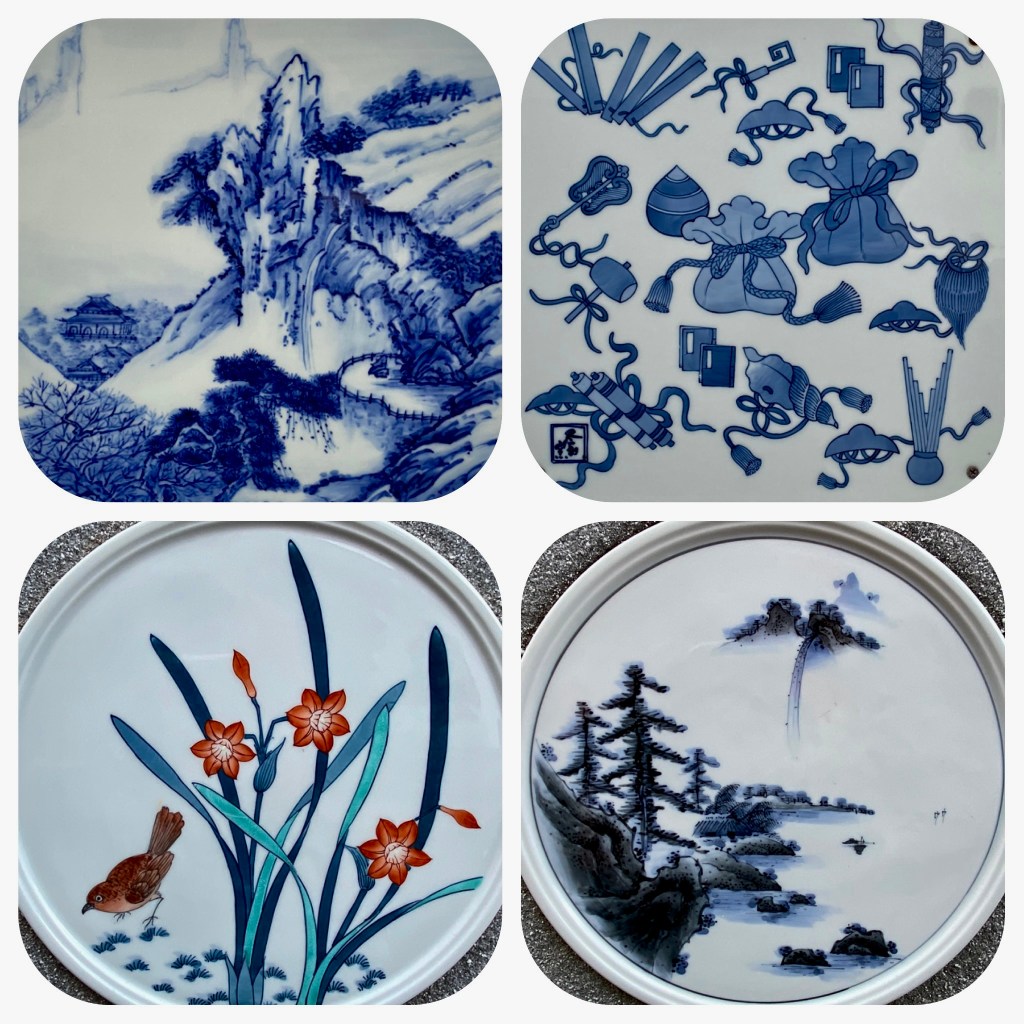

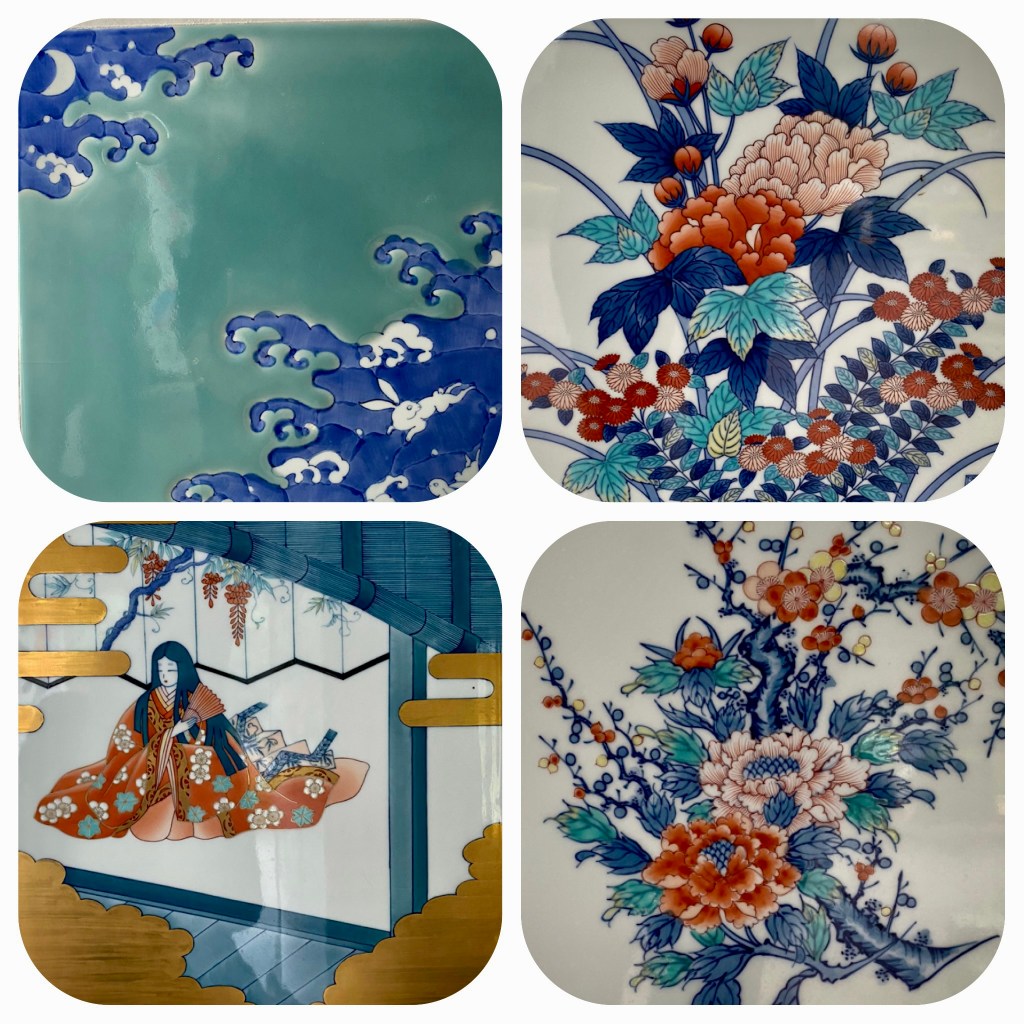


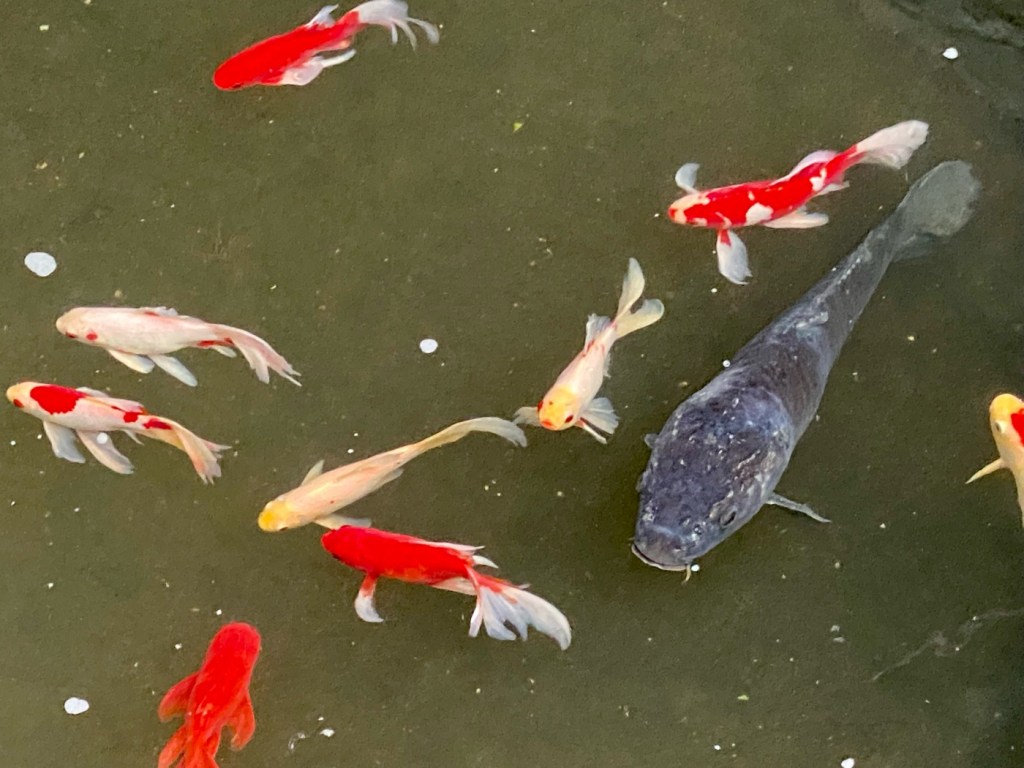




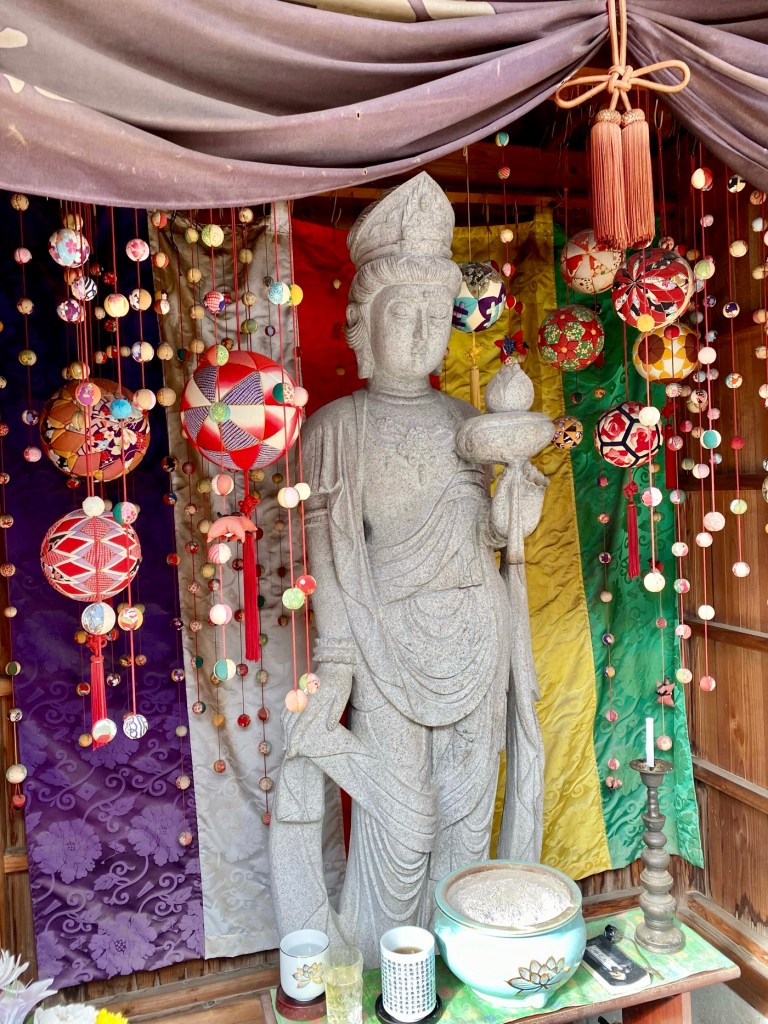










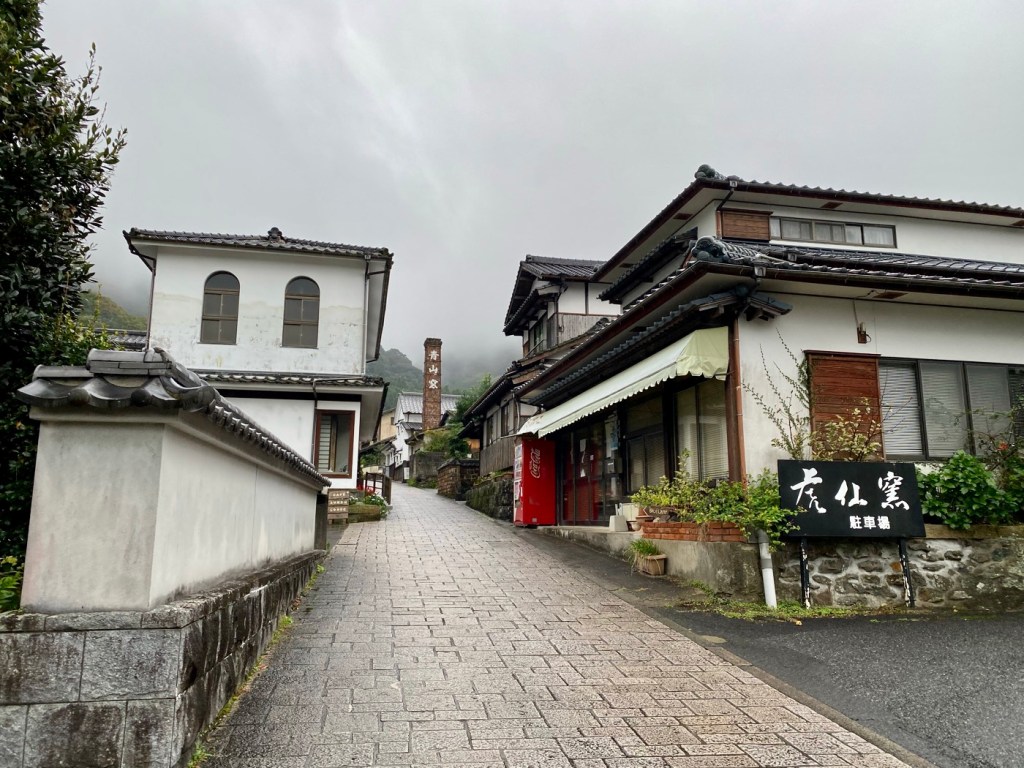
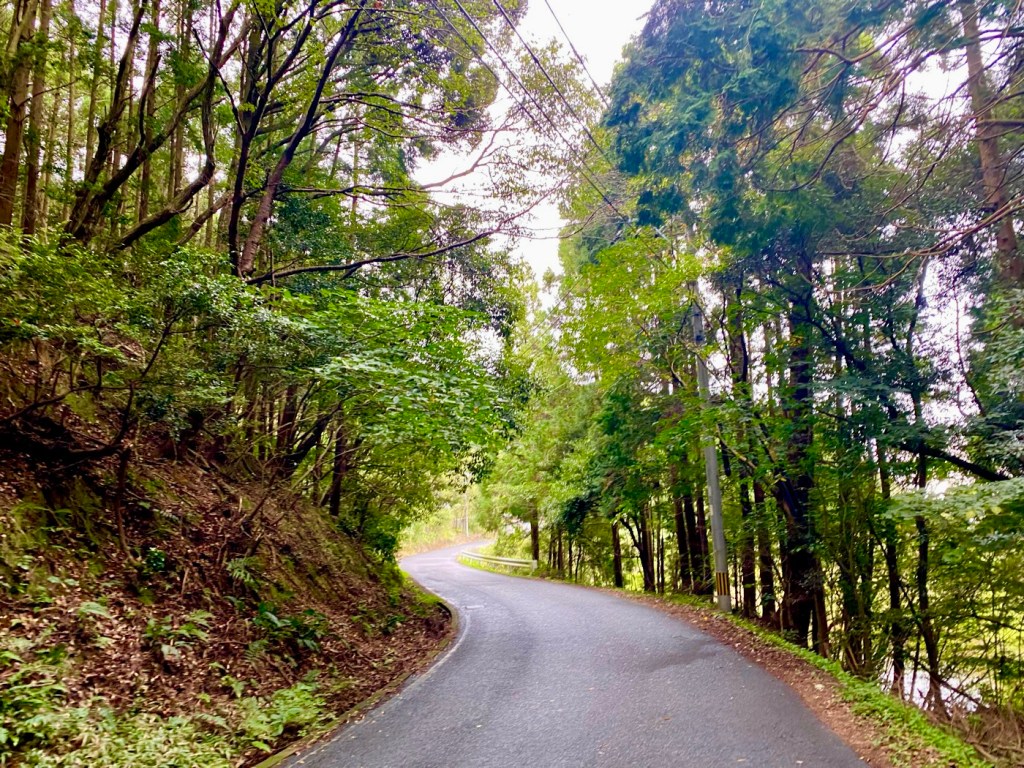




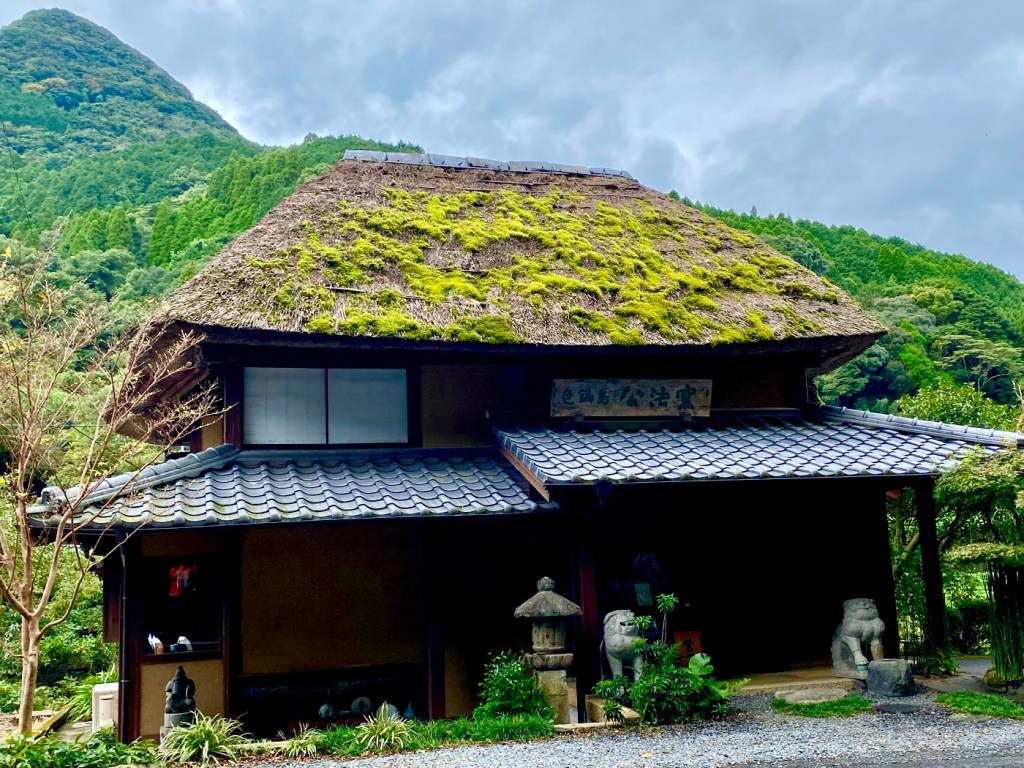



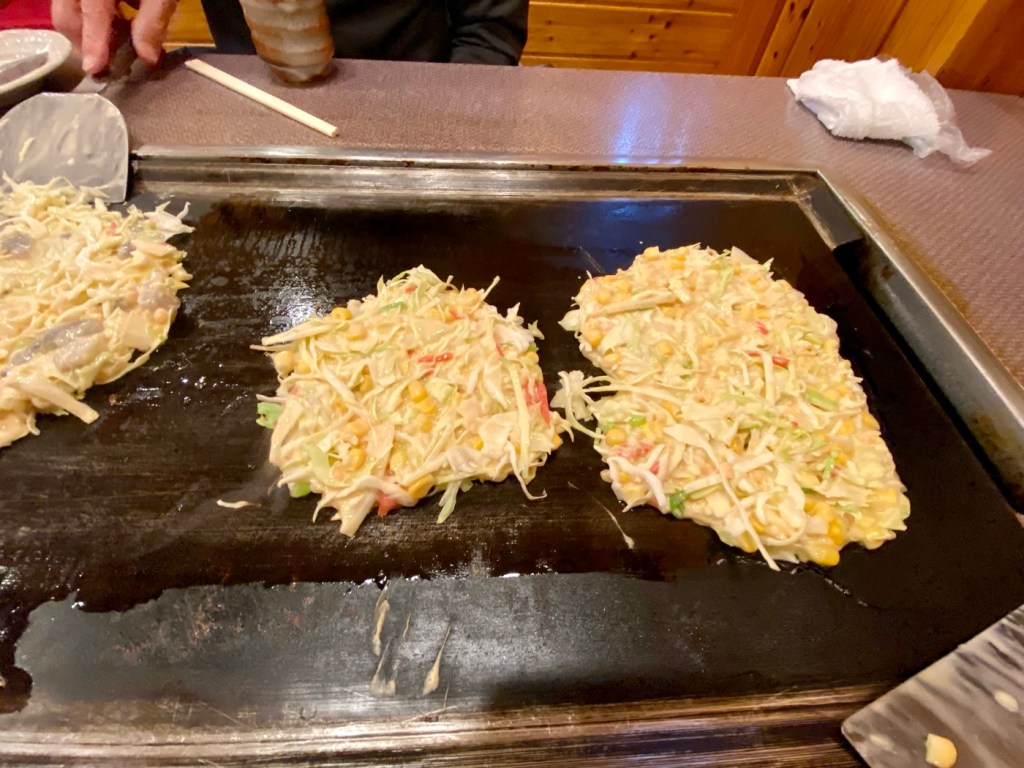








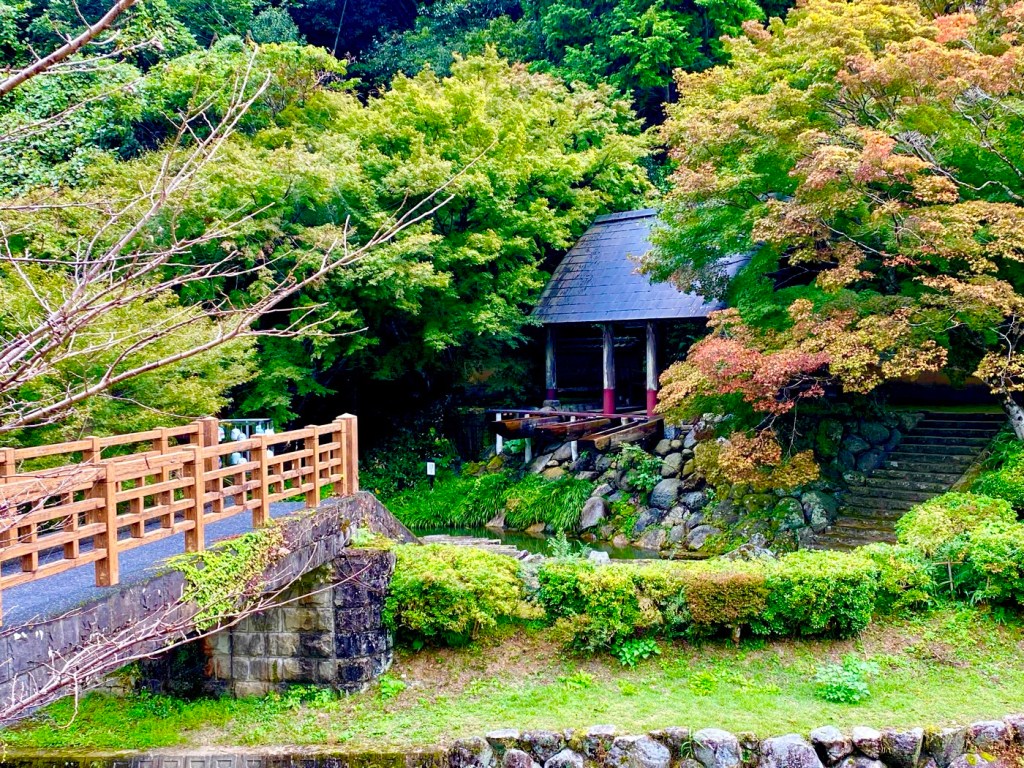
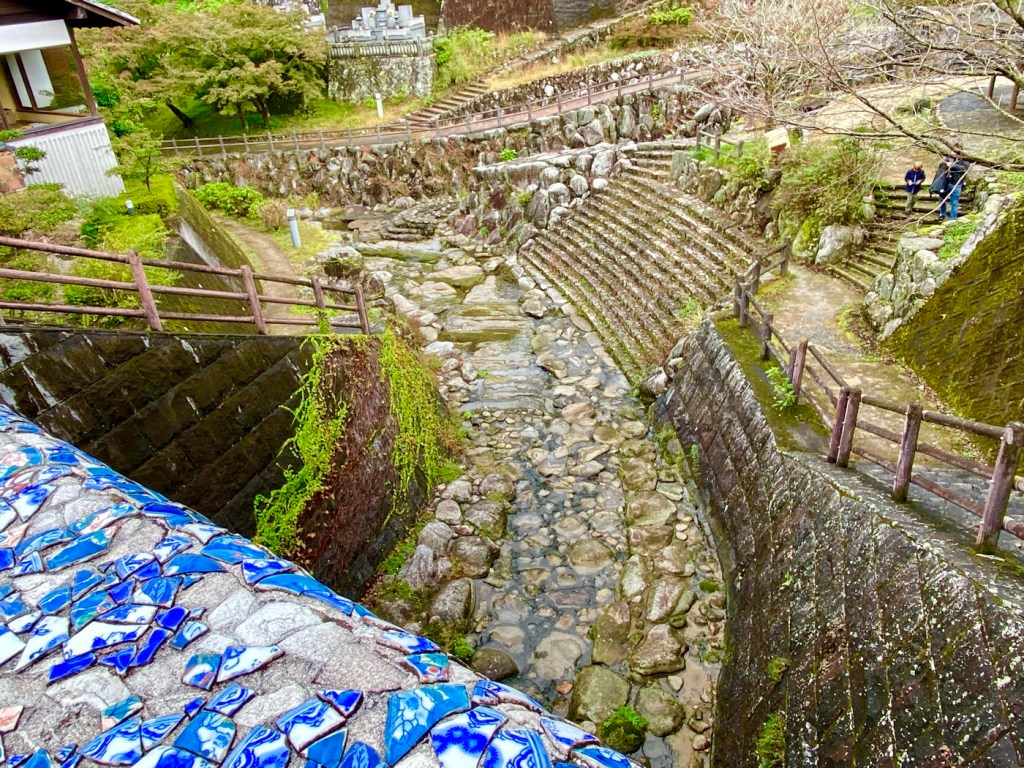







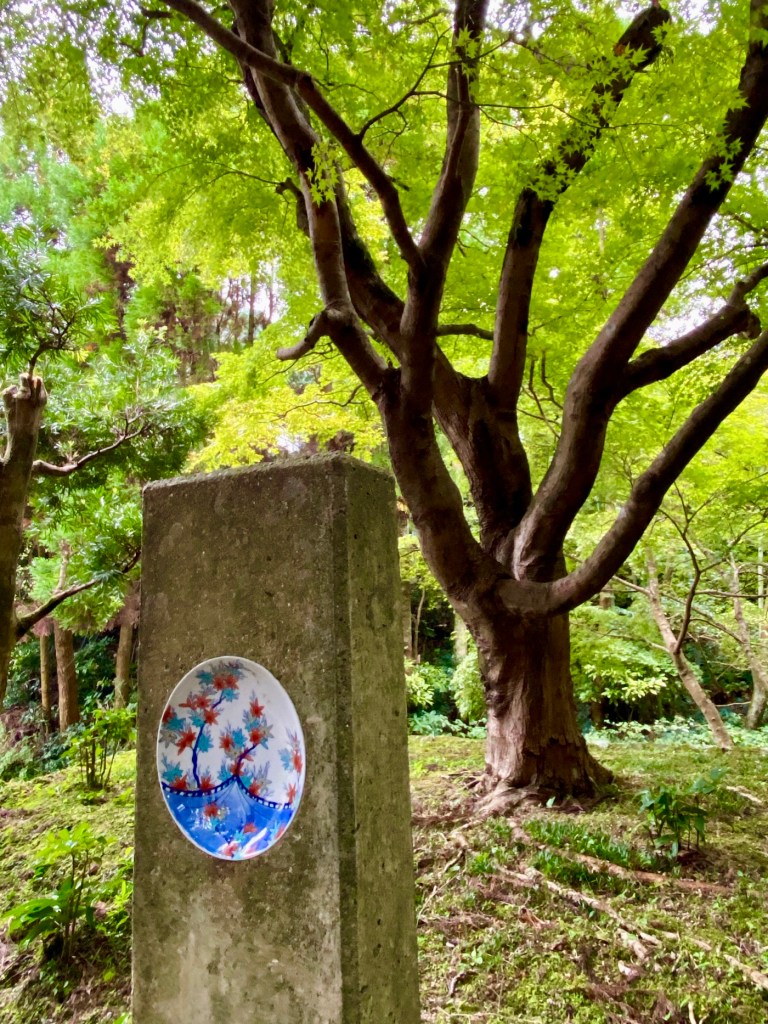









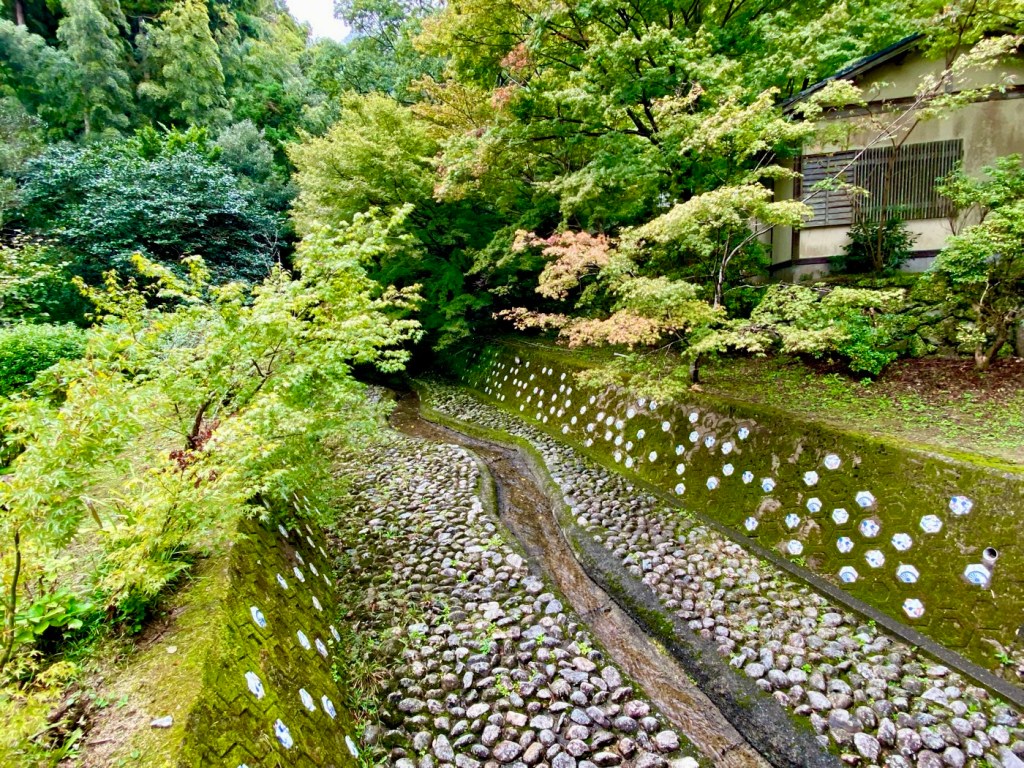


Day 26 - Okawachiyama Hidden Pottery Village, And The Ton-Ten-Ton Festival in Imari, The Kyushu 108 Temple Pilgrimage, Japan
We woke up in our apartment in Imari to a misty and cold morning.
The weather forecast called for rain until noon, and then a clearing sky, followed by a whole week of sunny weather.
The gods of the weather are smiling down on us walking pilgrims.
Our plan for today was to visit the Okawachiyama hidden pottery village, just south of Imari, and learn more about the porcelain production in this region.
Okawachiyama was known as The Village of Secret Kilns.
During the Edo period, the Saga Domain (Nabeshima Clan) produced pottery in Arita that was exclusively gifted to the shogun's family, council of elders, and other shogunate officials.
The Saga Domain decided to move their kilns from Arita to the mountainous area of Okawachiyama in the 1660’s, in order to hide the secrets of the trade and prevent their porcelain techniques from being discovered.
A guardhouse was built at the entrance to the Village of The Secret Kilns.
Since their porcelain was exclusively given as gifts to rulers and high officials, no concerns were given to cost nor profit.
The potters continued to produce luxurious, custom-made pottery to be used as gifts through the end of the Edo period.
The potters were paid well in exchange for their exquisite craftsmanship.
The feudal lords fired any craftsman who fell short of their expectations.
Paintings of complex designs were done on the porcelain, and an inspection point was established to dispose of any flawed pottery.
Pottery created specifically as gifts for nobility was named "Nabeshima Porcelain.”
Shaping and styling the pottery with precision, elegance, and without compromise, Nabeshima Porcelain is regarded throughout the world as the finest of early modern pottery.
Today's potters have combined their inherited Nabeshima Porcelain techniques with modern techniques to keep the historical, 350-year old tradition vibrant and alive.
In September 2003, the Okawachi Nabeshima Kiln Remains were designated as a national historic site, recognized for its historical importance and cultural heritage.
There are currently 30 pottery kilns in Okawachiyama that are still producing pottery.
We strolled around town admiring the impressive scenery of the smokestacks rising from the kilns and the peculiarly shaped crags and mountains that are reminiscent of traditional landscape ink paintings.
The morning mist added to their painterly quality.
We had not eaten breakfast before coming here, so we were delighted to see that one of the only restaurants in the village, called “Base Camp,” was open for breakfast.
It is run by a hard working young woman and her partner.
They renovated an old house and opened a guesthouse and restaurant with a warm atmosphere.
She had a small menu for breakfast, just three kinds of grilled cheese toast, which were perfectly made.
We sat in the warmth of her cafe until the weather cleared.
When we continued our walk through the pottery shops and studios, we were happy to see many other tourists around, visiting the village.
Pottery fairs are held in the area in the spring and autumn.
The porcelain shops showed excellent quality work, with great details and beautifully painted pottery.
We put away our umbrellas and raincoats, and after strolling the streets, we walked back down the hilly road to Imari town.
It was an enjoyable stroll in this porcelain mountain, with its untouched landscape that has been around for centuries.
In town, we stopped for Okonomiyaki lunch where you get to grill right at the table.
We love doing that, especially on cold days when the heat from the griddle warms you up.
This Okonomiyaki is made of Yam flour, shredded green cabbage and an egg, to which you can add items of your choosing.
I added fresh corn to mine and Jules added fresh shrimp.
Both were delicious and fun to eat, with a drizzle of Okonomiyaki sauce and green seaweed seasoning.
Walking along the river, we discovered at the Imari shrine, the teams preparing for the festival that was going to be happening in Imari.
The men were all dressed in festival jackets and white leggings, and they wore bands tied to their heads of different colors, each signifying their role in the battle.
The men were preparing their two portable shrines for the festival.
The men worked together, young and old, bonding through this old ritual and celebrating their faith and traditions.
One of the senior men explained to us the meaning of the colors used in the floats and about their outfits.
He told us that fighting would begin tonight, and we were very excited to hear that, because we thought that nothing much was going to happen until tomorrow, when the official festival starts.
Promising to be there later, we returned to our apartment.
On the way there, we spotted a traditional sweet shop that sold beautifully wrapped traditional sweets.
We picked a few items to have with our afternoon tea.
At six in the evening, we left to go look for the festival, but we initially couldn’t find it.
Then we heard loud singing and chanting and the playing of drums and flutes, and we ran towards them.
The teams were carrying the portable shrines to the center of town.
We watched the Shinto ceremonies that were the opening of the festival, asking the Kami gods for good harvests.
We saw again the man we had met earlier, who told us that he carved the ornamental bird on top of his team’s shrine out of wood and copper, glazed with gold.
The atmosphere was electric, as the ancient celebration and ceremonies were held with respect for one another and for their colorful traditions.
The Shinto priests wore regal robes and ornate hats.
A man dressed in robes wore a red mask with a long nose and waddled, with the help of others, on wooden shoes with narrow soles that resembled a wooden blade.
The fighting was very exciting and I was grateful that nobody got hurt when the heavy shrines rolled over on each other.
Somehow everyone managed to jump out of harm’s way.
I will add more explanations and photos, and even a few videos in my next post.
Excited and grateful to have been invited to participate, and that we were here on the right dates without knowing about it beforehand, we went to have dinner in a small dive that served Udon and Soba noodles.
The old couple who run the joint specialize in just preparing those few dishes.
Other locals were already eating there, and the place was really tiny.
We got the last two seats at the bar and ate an excellent quality simple meal.
On the way back to our apartment, we spoke about the pluses and minuses of walking a long pilgrimage.
On the minus side, you were always in some kind of pain, needing to tolerate blisters, back pains, shoulder pains, foot aches and muscle aches.
You have to eat what you can find, which is not always great or your first choice, and you are often thirsty because liquids weigh a lot, so you never carry too much or even enough of them.
But on the plus side, you get to see and enjoy little delights, like a hidden porcelain village and an amazing annual festival that happen right when you happen to be passing through the town and didn’t know anything about beforehand.
You get to eat in small and disappearing joints run by grandmothers and grandfathers, which will definitely close down when they pass away…
You stay in interesting places from hot springs hotels to Ryokans, to business hotels to cozy modern apartments to humble guesthouses, places that you would rarely choose to stay at if you were not walking around and needing a break from the long walk.
Pilgrimages are fun!
Wow, I can’t believe I actually said that….
But it is true… Pilgrimages are fun!
With a heart full of gratitude,
Tali
Stats: 19,823 steps
Today’s walk: 14 km
Kilometers walked to date: 452
Temples visited: none